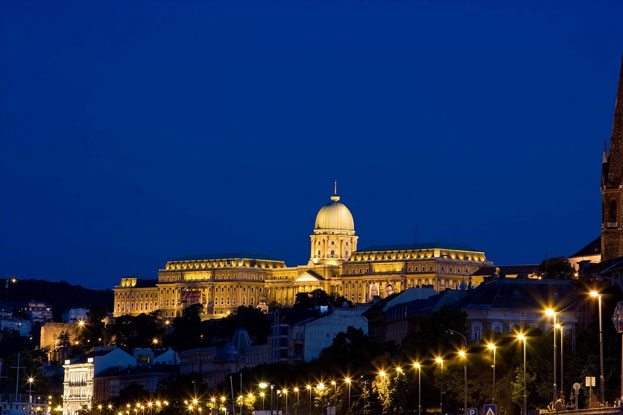World Heritage Budapest Hungary
At the end of the 17th century a wall surrounded the city of Pest and for the most part Germans lived along the banks of the Danube. The areas outside of the city were arable land with fruit orchards, but by 1699 craftsmen had begun to establish suburban communities. From 1730 they began to settle an area then called Pacsirtamezq. In 1777 it was renamed Terezvaros after Saint Theresa and in honour of Maria Theresa. The parish church of Terezvaros was built in 1801-09 and by 1805 the current street grid had taken shape. Most of the merchants in the area settled and established themselves along Kiraly Street. At the beginning of the 20th century the areas of Erzsebetvaros and the City Park split off from this district.

Continent: Europe
Country: Hungary
Category: Cultural
Criterion: (II)(IV)
Date of Inscription: 2002
Budapest Nation's Capital
In 1841 Lajos Kossuth took up the idea of a large-scale promenade for Terezvaros. With the Union of Pest and Buda in 1873, Budapest truly became the nation's capital, developing at a faster rhythm than earlier; by the turn of the century it had become a modern metropolis with more than a million inhabitants. The symbol of this development is the radial Andrassy Avenue. There had been no attempts at organized urban development since the middle Ages, and the Hungarian capital needed to make up for this lack in a single great leap in terms of public services, transportation, and city planning. To execute this great leap forward a special commission, the Capital Communal Labour Board, was established on the model of the London Metropolitan Board of Works.
This commission planned and partially carried out construction of the avenue, as the modern city's stately promenade, along with the creation of essential infrastructure (transportation and utilities). The commission's establishment was decreed by a national act in 1870 and the state gave funds for its realization. The route of the avenue cut straight through an unregulated suburban area, thereby radically transforming its urban structure. Construction of the road began in 1872, the route was opened in 1876, and in one decade, by 1885, it was completed with 131 buildings.



